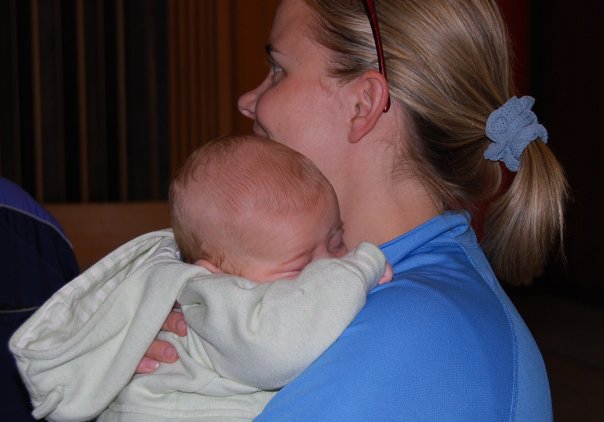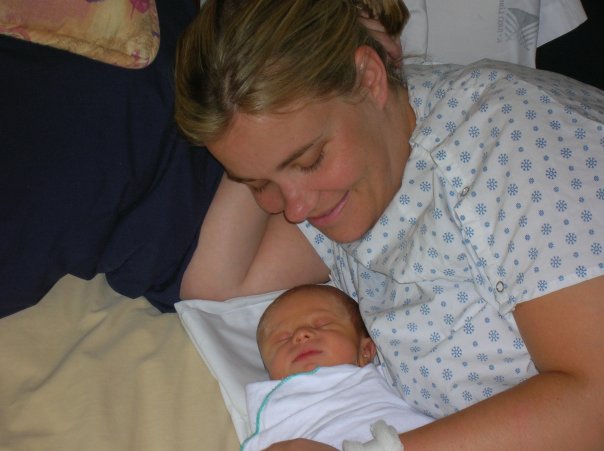
THE BARBELL BLOG
A solid resource squeezing out the facts
Do you pee when you sneeze? Top THREE things to do if you suffer from incontinence.
Incontinence is very common, but it is not normal. Here are the top 3 things you can do about it.
Do you pee when you sneeze or cough? When you laugh too hard? How about when you run or skip? When you lift something too heavy?
Are you afraid to hit a new class at the gym because you think you'll wet your pants?
Do you jump on a trampoline with your kids? Or do you stay off for fear of peeing your pants?
I am constantly hearing moms joke about peeing their pants, but you know what?
LEAKING IS NOT NORMAL!
Urinary incontinence is very common, but it is NOT NORMAL!
Urinary incontinence affects over 1 in 3 women in their lifetime.
ONE IN THREE!
But there are ways to FIX it!
First up, make an appointment with a Pelvic floor physiotherapist so they can assess what's going on. It may be the years of contracting your pelvic floor muscles that you can't relax them. Or it may be they are too weak. Or maybe it's something else.... Either way there are many things you can do to help the situation!
Being pregnant ALONE puts significant pressure on your pelvic floor. No matter what your delivery looked like, your pelvic floor is now changed. Then if you add in some tearing... or forceps... or episiotomy...during labour, there is some serious damage.
Typically your GP might send you on your way at your 6 week check up. This is NOT OK! You need to rehab and retrain those muscles. Just as you would with any other surgery of any other body part.
Your pelvic floor is part of your core system. And if you're leaking, that means your core system as a whole isn't working well, not just your pelvic floor. The core system includes your diaphragm, transverse abdominis and mulitifidus (back muscles) AND the pelvic floor. This whole system needs to be working together, communicating with one another to be working as an effective unit.
Even if you've had a C-section, your core system has been compromised... which means you need to work on retraining the system as well.
Jumping on a trampoline with your kids is not something you need to avoid for the rest of your life.
One of the main things you can work on is the core - connection breath. You can read more about the Piston Breath on Julie Wiebe's website. http://www.juliewiebept.com
Give this a try:
Take a breath, filling your whole core. Imagine the bottom part of your ribs to be an umbrella. Now as you fill with air you open that umbrella while opening up your hip bones. At the same time relax your pelvic floor.
Start your exhale, lift your pelvic floor - slightly - while bringing your hip bones back together. Exhale all the air out and imagine closing the umbrella.
Try it laying flat on the ground with your hands over your ribs, so you can feel the movement on your hands.
Mastering that breath and core connection is important. It won’t be something you have to do forever. Practice makes perfect and it will eventually become more automatic.
Check your alignment when you are wearing your baby. Bum untucked. Ribs over hips.
Another thing to keep in check is your posture and alignment.
Think about having your ribs stacked over your hips.
A LOT of us are either one of the following:
- Bum tuckers. Ribs are leaning backwards and bum is tucked under.
...or...
- Rib thrusters. Ribs are thrust up and out and the back is over-arched.
When you have your ribs stacked over your hips, you are in a better position for proper breathing and movement. And it helps create the optimal intra-abdominal pressure in your core.
But you don't have to be perfect ALL the time. Life happens. We have to pickup our toddler while simultaneously feeding our baby. Or we have to pickup the baby with groceries hung over one arm. It's important to think about it, recheck and re-align. But don't beat yourself up if you find yourself in alignment that's not neutral all the time.
“If you leak while you run, you are leaking more than just urine. You are leaking energy, strength and athletic performance.”
You don't need to live with incontinence. Whether it be when you're laughing, coughing, jumping rope, or running, it doesn't need to be your new normal. Here's what you should do.
- Book your appointment with a Pelvic floor physio therapist.
- Master your core-connection breath.
- Check your alignment.
And fire me a message if you have any questions or need a recommendation for a PT in your area. The fact is, it's not going to get better as you age. You need to do something about it now.
You can get back to life without leaks. It will require a little bit of effort. But aren't you worth it?
My Postpartum Running Story
Read about my postpartum running story and the lesson learned.
POSTPARTUM IS FOREVER.
You CAN get back to doing the things you love. Take your time. Have patience. You will get there.
Post-race Snuggles
This is a picture of me, my scrunchy and my first child, when he was three months old. I just finished running part of the Banff Ekiden Relay. A 42.2km relay race, split into five sections. I ran the fourth leg - a 5.9km race with, as I recall, a stupid hill somewhere in there.
My running buddy Jen and I after the race
I look at that picture now and think: "What the hell was I thinking?"
You know what I was thinking? Get the pre-baby body back. Get back to the fitness level I was at before I was pregnant. Go out, get that heart rate up and sweat! My doc gave me the OK at 6 weeks, so why not?
Josh's birth was traumatic. After many, many hours of labour, forceps, vacuum, episiotomy, and in the end the doctor yelling "We need to get the baby out NOW" the little bugger came out screaming and healthy. I went about my business and at 6 weeks, my doc said - "Yep, you're good to go." So I started running again. And I joined a stroller bootcamp. And I leaked when doing any running or jumping. But I thought it was normal. I thought that's just what happened after a baby. There was no mention of pelvic floor recovery, rehab or safe postnatal exercises. No talk of pelvic floor dysfunction. Nothing about how the hormones (and breastfeeding) affect your body. Nope. 10 years ago - nothing. Everyone applauded me for getting back to it so soon after he was born.
The urinary incontinence wasn't horrible, and it got better. But until recently, NINE YEARS AFTER THE BIRTH OF MY SON, I still leaked when running or doing certain jumping exercises. Not a lot. But that doesn't make it right. Or normal. So, I saw a Pelvic Floor Physiotherapist and practiced Julie Wiebe's Piston breathing strategy, and I have resolved my issue.
But you know what? Even if you're not experiencing symptoms, it doesn't mean you can't create them. You may not leak now, but you may be gripping and holding tension in your pelvic floor. This can lead to pelvic floor dysfunctions in the future. EVEN IF your baby was delivered by C-section.
I SHOULD HAVE BEEN...
- Taking the time to heal and enjoy those first few months
- Connecting my core and pelvic floor
- Walking with my baby (or without him!)
- Working with a pelvic floor physiotherapist
- Strength training, with proper alignment and breathing
For me, and my postpartum recovery, I should not have been running. I should have focused on recovery and rehab so that I could get back to running without symptoms!
One Day Old
This is not to say that every mother is like me. This is my story and everyone's is different. But what I've learned over the years and what recently has been the focus of the Pregnancy and Postpartum Athleticism course is that POSTPARTUM IS FOREVER. And that...
"Slow is fast when you're making a return to activity postpartum. You need to build that baseline first, hone that foundation, so that you CAN make a strong return. So that you are setting yourself UP, not setting yourself BACK by the choices you make postpartum." - Brianna Battles
You CAN get back to doing the things you love.
Take your time. Have patience. You will get there.
- Maria







